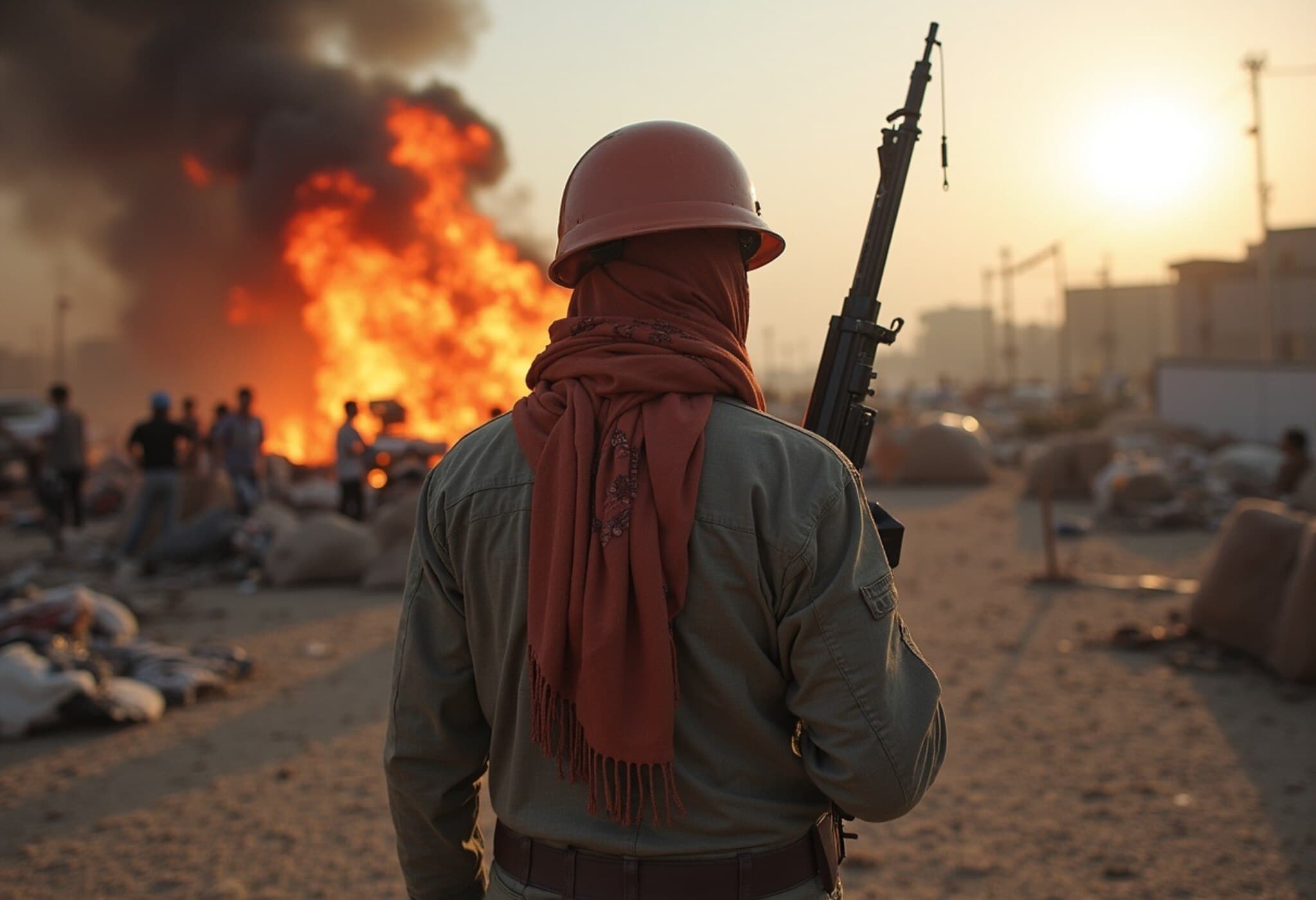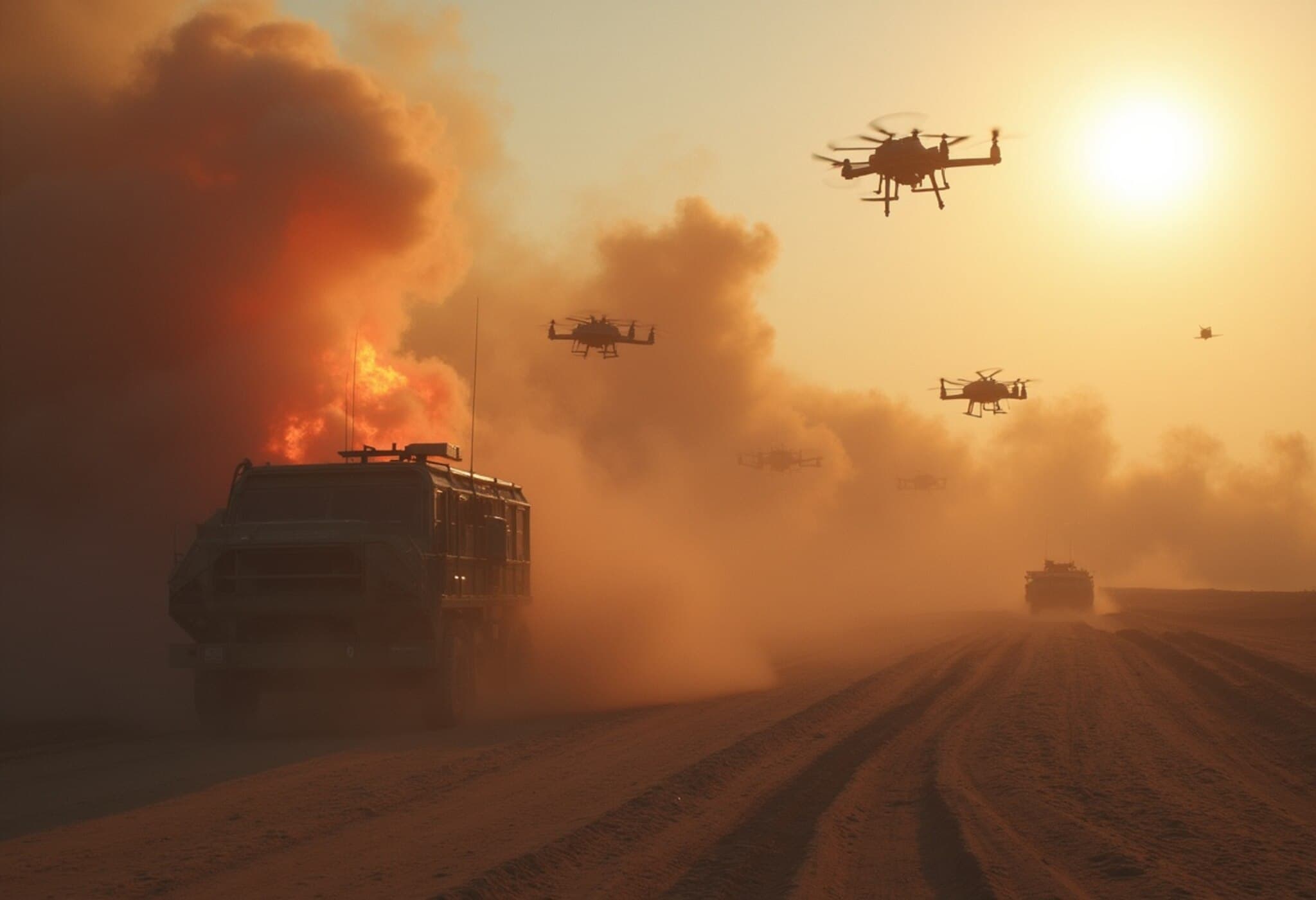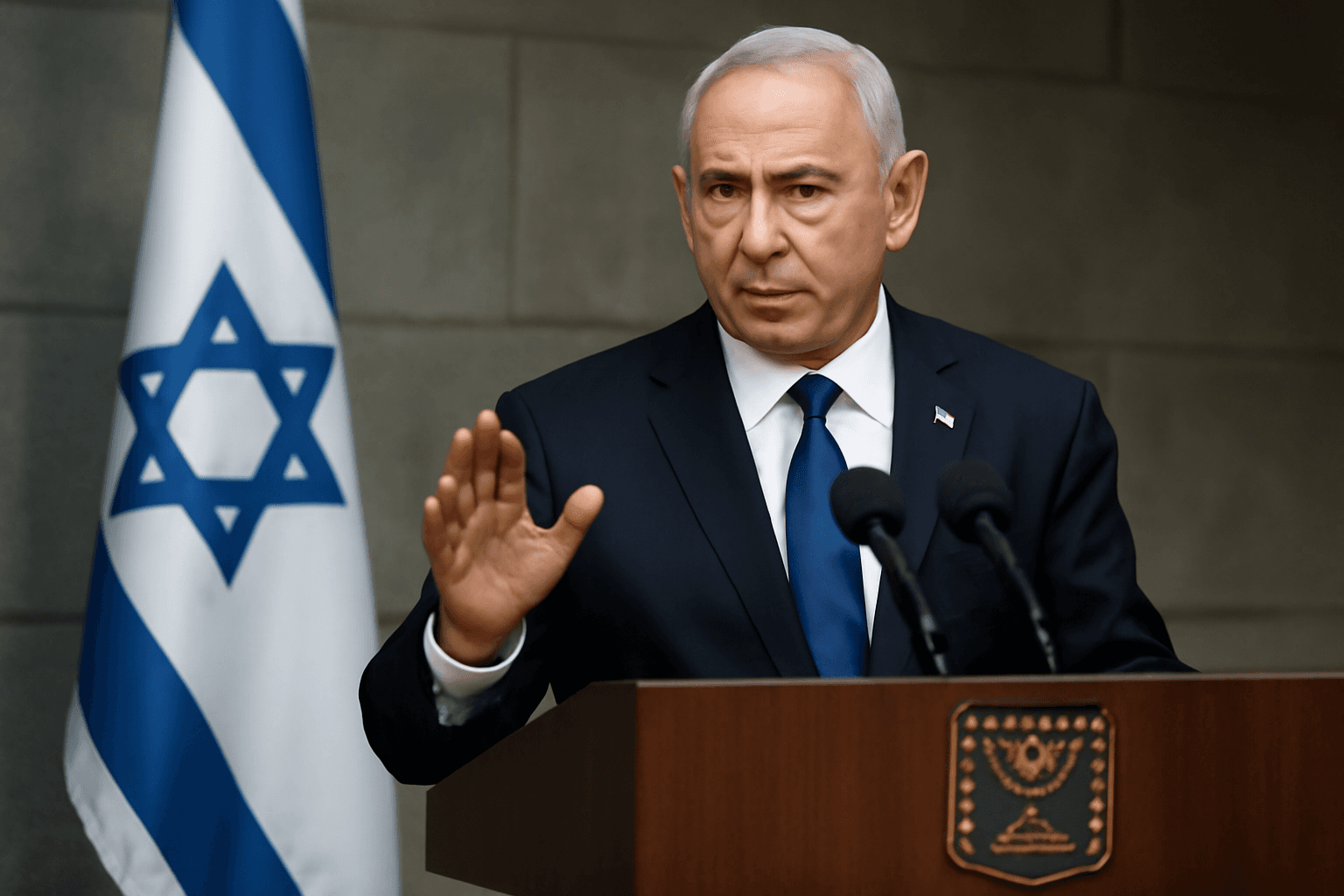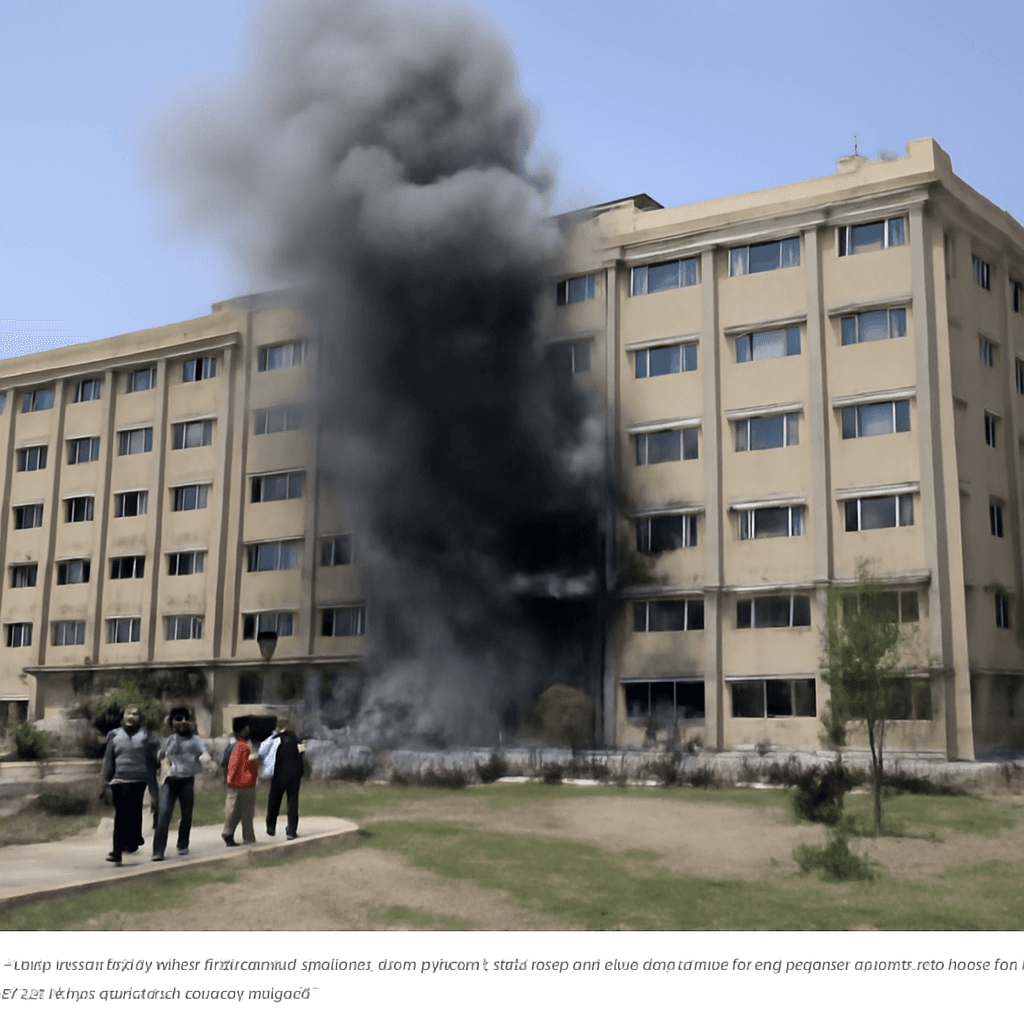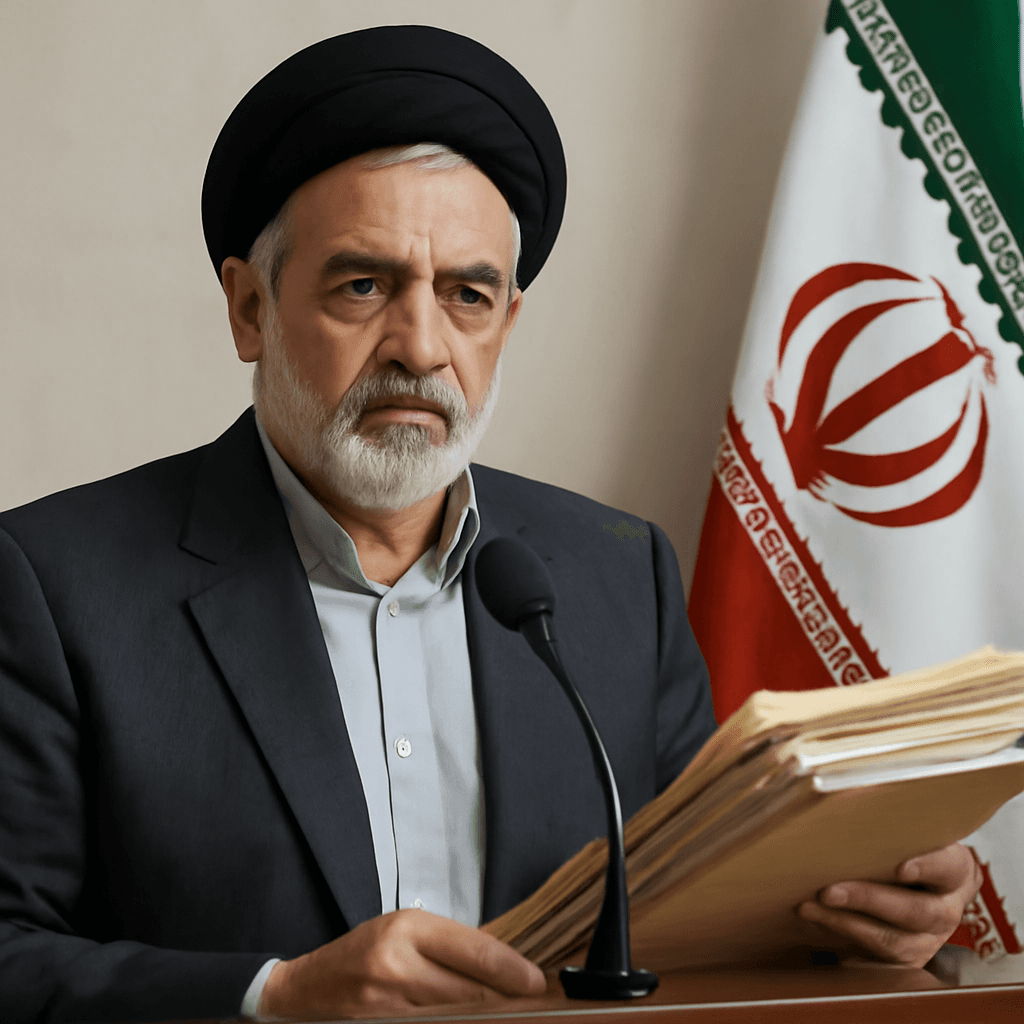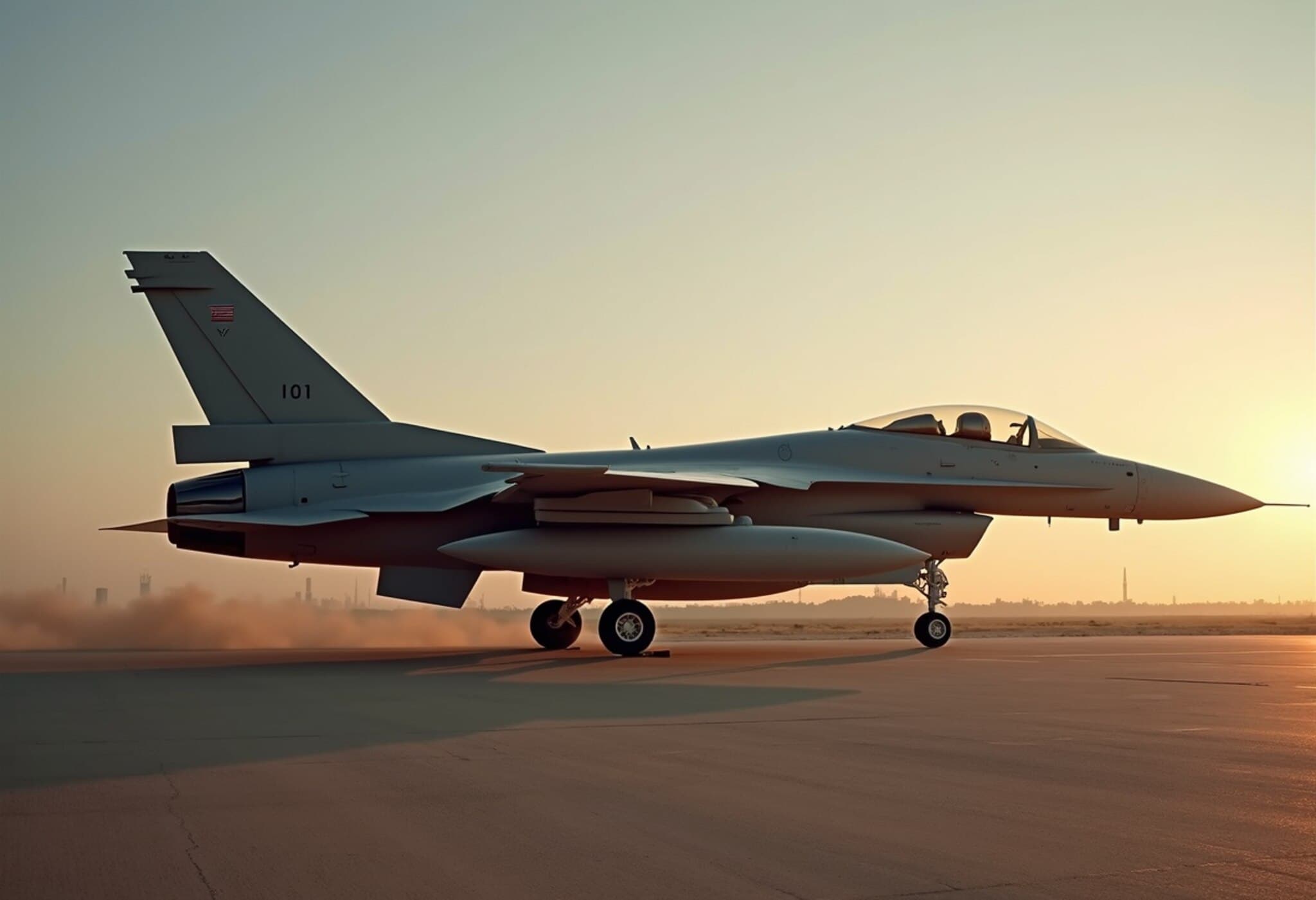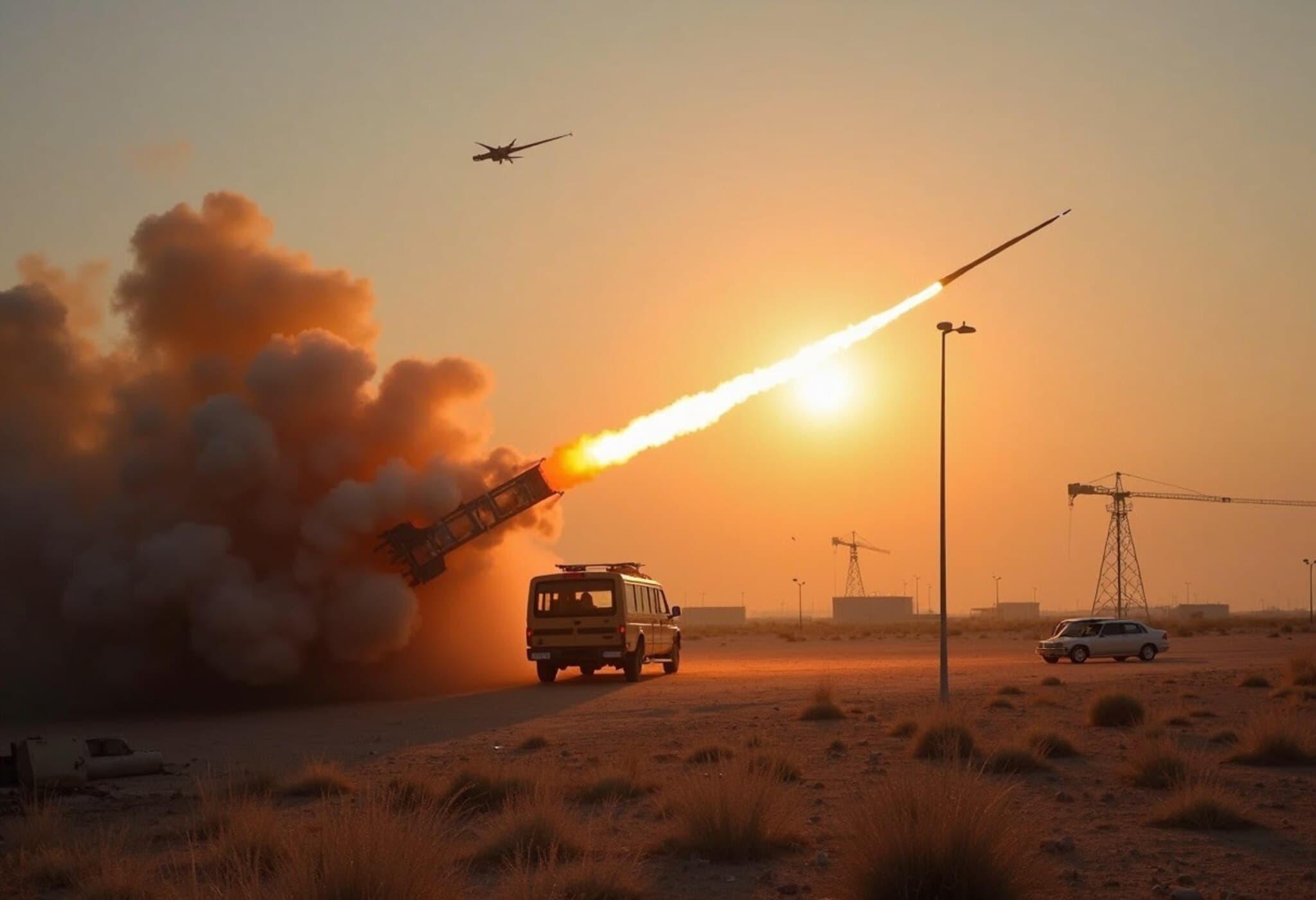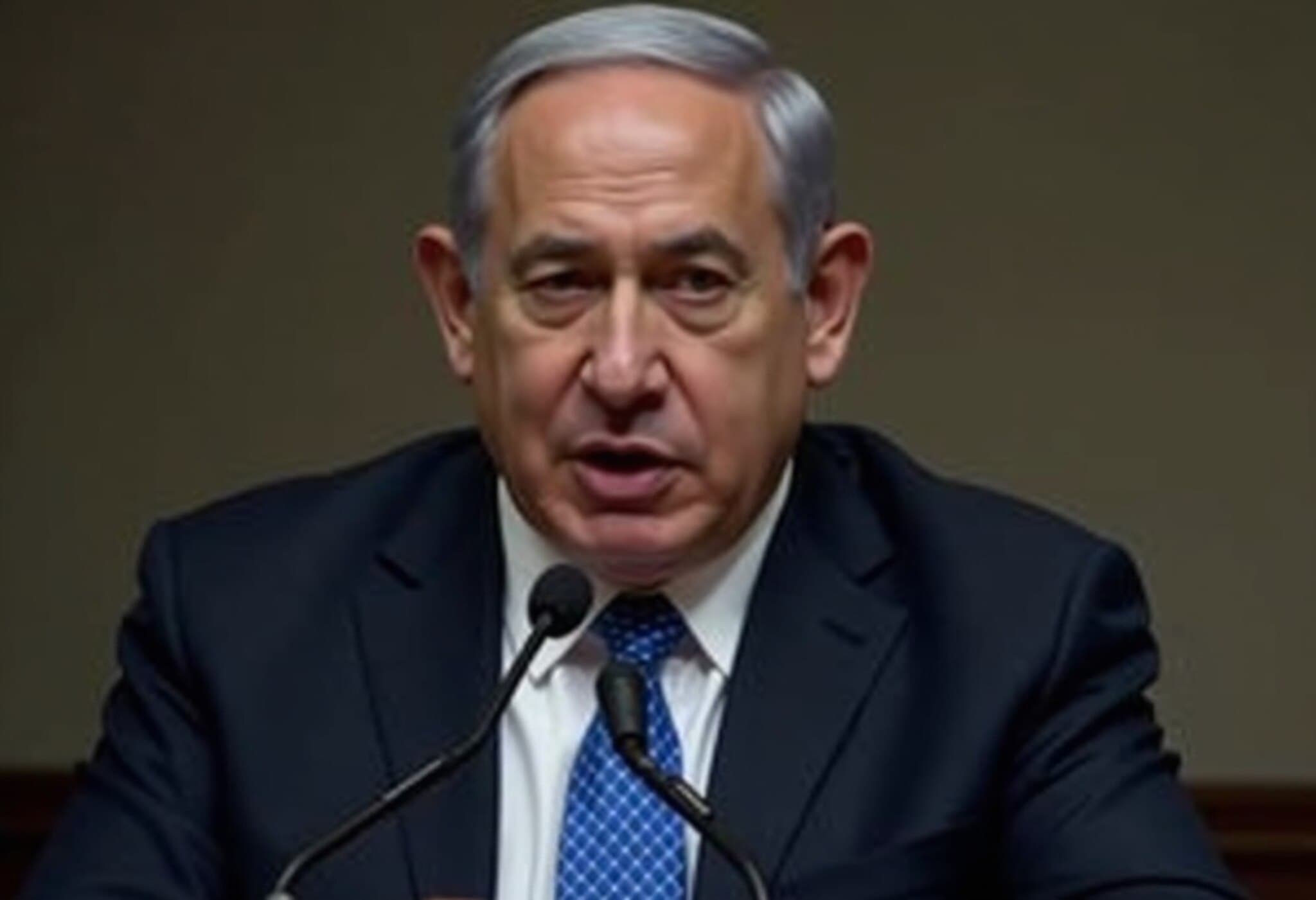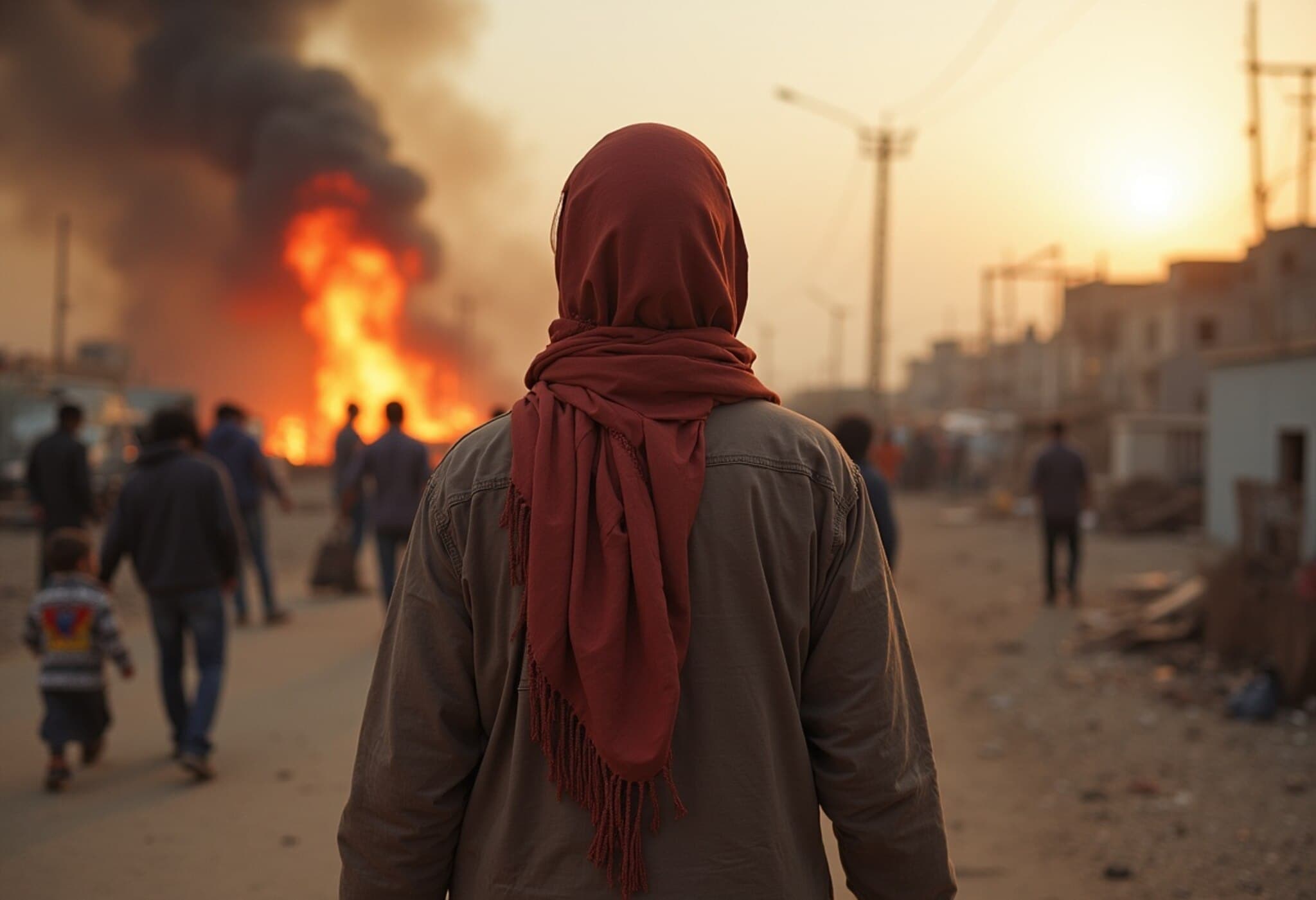Israel Conducts Fresh Military Strikes Near Damascus, Syria
In the early hours of Thursday, Israeli forces launched another wave of air and ground operations targeting a Syrian military site near Kisweh, just south of the capital Damascus. According to Syria’s state news agency SANA, this site had already been targeted the day before, underscoring the escalating series of cross-border tensions in the region.
Casualties and Syrian Official Statements
The Syrian Foreign Ministry confirmed that the recent Israeli bombings resulted in the deaths of six Syrian soldiers. Describing the strikes as a blatant violation of international laws and Syria’s sovereignty, Damascus condemned the attacks as a serious breach of the United Nations Charter.
Details of the Targeted Military Site
Syrian reports reveal that, prior to the strikes, Syrian military personnel discovered “surveillance and eavesdropping devices” at the Kisweh location. Further identification by a defense official, speaking anonymously to AFP, classified the site as a former Syrian military base located in Tal Maneh, near Kisweh. This area has strategic importance due to its proximity to Damascus and its use as a weapons storage and intelligence facility.
First Israeli Ground Raid in Years?
In an unusual development, following the air strikes on Wednesday, Israel reportedly inserted troops on the ground to carry out a raid whose specifics remain undisclosed. Syrian state media detailed that this ground operation was accompanied by extensive reconnaissance flights, a sign of heightened Israeli military activity in the region.
Hezbollah’s Involvement and Regional Dynamics
The Britain-based Syrian Observatory for Human Rights reported that the targeted weapons cache belonged to Hezbollah, the Iran-backed Lebanese armed group deeply intertwined with the Assad regime. Hezbollah’s active military involvement in Syria has long been a flashpoint for Israeli security concerns, given the militant group's significant arsenal and its opposition to Israel.
Contextualizing the Strikes Within Broader Geopolitical Tensions
Since the dramatic fall of former Syrian leader Bashar al-Assad amid an Islamist-led rebel offensive last December, Israel has intensified air operations across Syria, striking hundreds of military targets. This military pressure aims primarily to curtail Iran's and Hezbollah’s expanding influence along Israel’s northern borders.
Moreover, Israel’s increased presence in the Syrian Golan Heights—particularly its recent control over the demilitarized buffer zone—marks a contentious breach of the 1974 disengagement agreement between the two countries. This territorial expansion has added fuel to the volatile dynamics between Israel and Syria.
Expert Analysis: Implications for Regional Stability
From a strategic perspective, Israel’s assertive military posture signals its determination to prevent Iran and allied militias from entrenching further inside Syria. By targeting weapon stockpiles and intelligence facilities near Damascus, Israel is effectively aiming to dismantle the logistical backbone supporting Hezbollah’s operations.
However, these unrelenting strikes also risk escalating tensions and provoking retaliatory actions, potentially drawing the broader region into further conflict. The lack of detailed international response to these incidents highlights the complex geopolitical calculus where global powers weigh the risk of escalation against regional security interests.
What’s Next?
- Monitoring the Syrian government and Hezbollah’s responses to Israeli ground operations will be critical in assessing future conflict trajectories.
- International diplomatic efforts remain vital but appear constrained amid competing alliances and divergent interests.
- The humanitarian impact on civilians living near conflict zones—often overshadowed by military developments—calls for greater media and policy attention.
Editor’s Note
This latest series of Israeli strikes underscores an intensifying security dilemma along Syria’s southwestern front. As Israel continues to pursue its security objectives against Iranian-backed forces, the delicate balance in the region faces profound challenges. Readers should remain aware of the evolving nature of these conflicts and the wider implications for Middle East peace and stability.
Crucially, this situation invites deeper reflection on how international law is interpreted and enforced amid complex proxy wars, the role of intelligence in modern warfare, and the often-overlooked human costs of military escalation.








